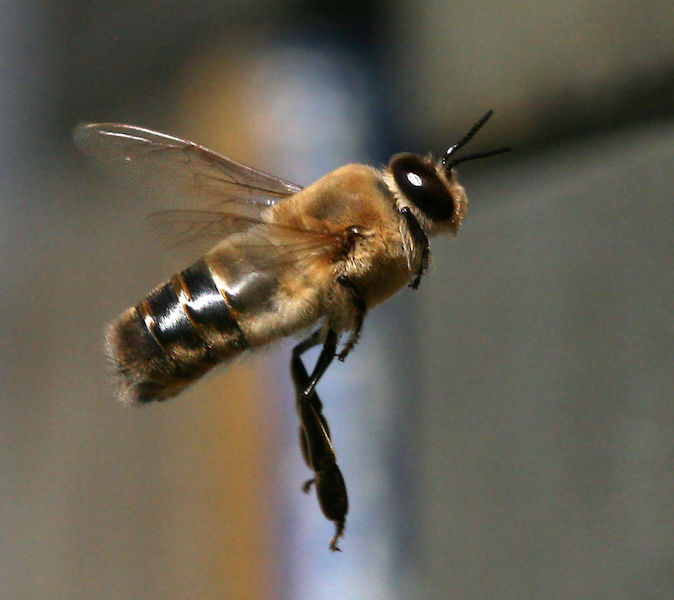Drones’ mere role is their reproduction abilities, indeed their only duty within the hive is to fertilize their queen. They are by no mean useful to the hive or their peers.
Their lives is fairly short.
They live from spring to autumn if the food resources allow it, and their number peaks in June during swarming. After this deadline, worker bees stop feeding the drones and start chasing them out of the hive, which explains why you do not see drones during winter time.
Physically, you can spot a drone easily. They are bigger, stockier and sting-less. They are actually more twice more heavy than worker bees. Drones also have a larger thorax, helping them flying but a smaller mouth and tongue than worker bees.
Drones reproductive system takes a large part of their abdomen. They reach their sexual maturity after 12 to 15 days after their birth, but can only fertilize their queen after 30 to 40 days. As mentioned, drones lives are rather short, not only because they are forced to leave the hives once the winter has come, but also because they can only mate once. Indeed it ripe out their abdomen and their sexual system, leading to their death.

